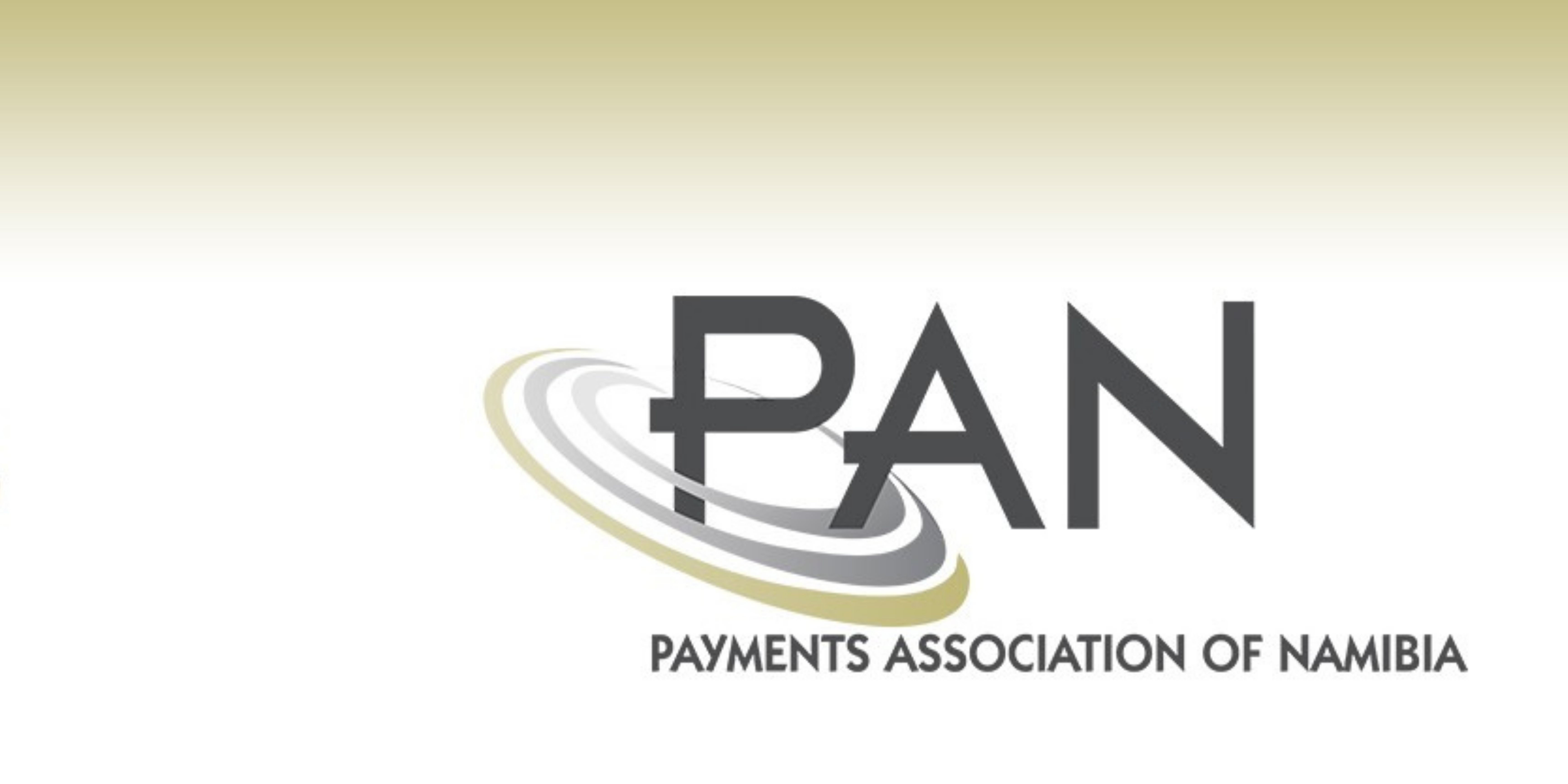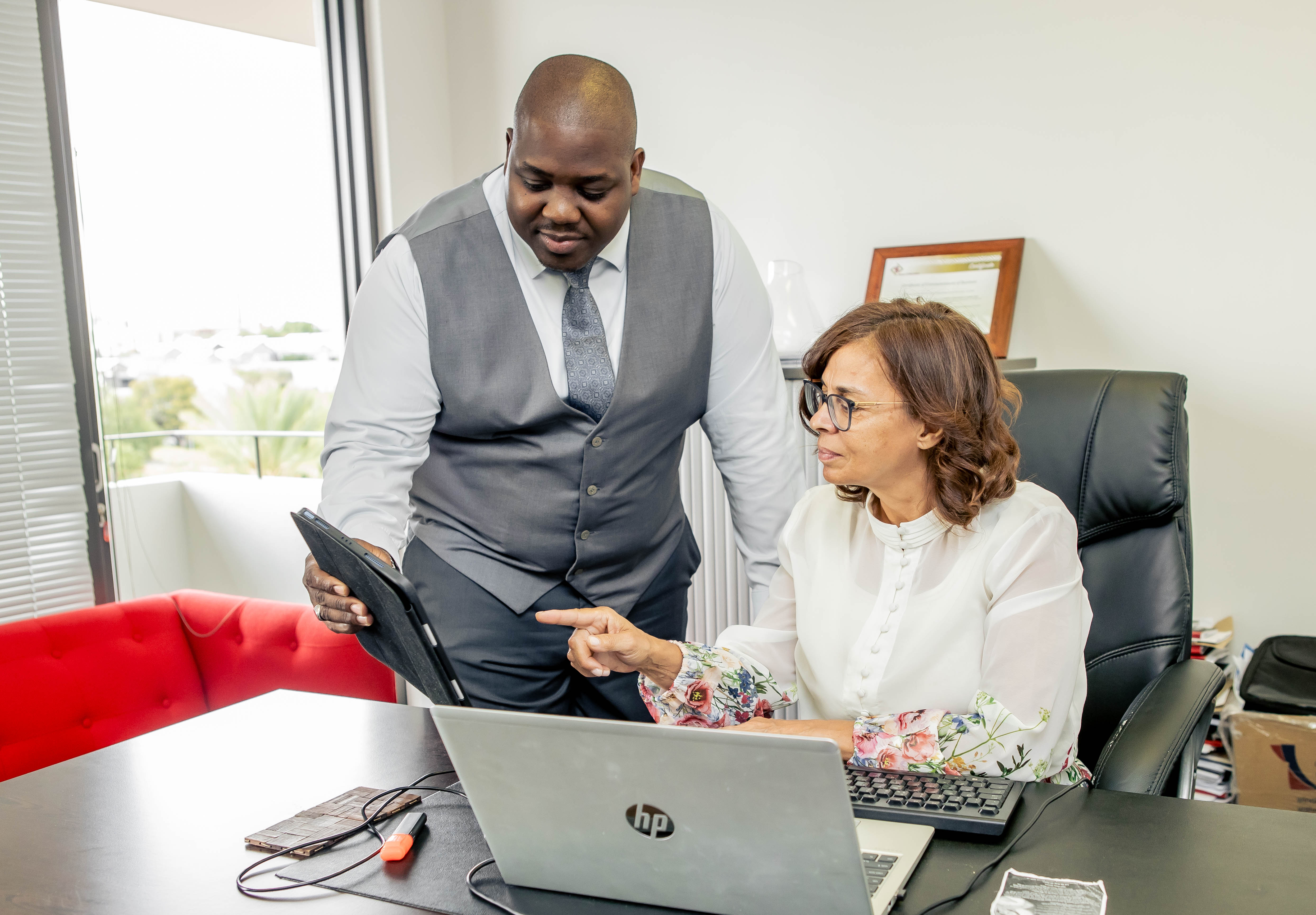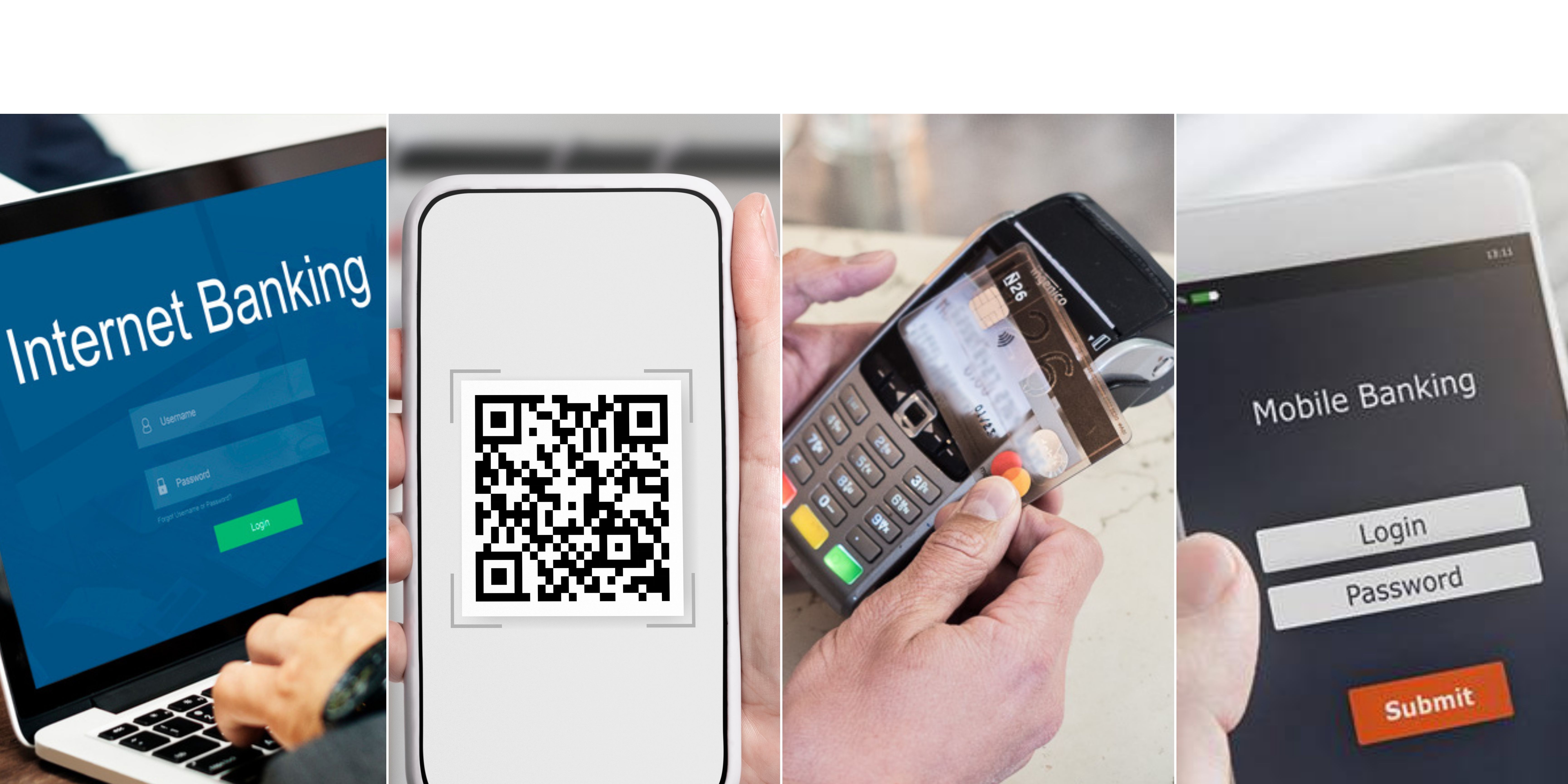ATM Scams
What are ATM Scams?
Card Trapping
Card Trapping happens through a device that is fixed to the ATM for stealing the physical card. One method is to put a device on the machine that uses tape, wire or thread in order to hold a card in. Criminals can then later retrieve trapped cards using tweezers.
Card Skimming
Skimming refers to the stealing of the electronic card data, enabling the criminal to counterfeit the card. Consumers experience a normal ATM transaction and are usually unable to notice a problem until their account is defrauded. Criminals will socialise with the victim convincing them that they are from a bank and get them to swipe their cards through a skimming device. An accomplice who is loitering around the ATM then “shoulder surfs” to steal the victim’s PIN.
Types of skimming
Handheld card skimming devices.
Handheld card skimming devices are widely used by criminals to steal bank card information from victims at ATMs. The stolen card information is used to manufacture a counterfeit card with the matched PIN and further used to make fraudulent transactions.
ATM-mounted card skimming devices.
Card skimming devices can also be mounted to an ATM. Manufactured to match the look of the ATM it is installed on; it makes it difficult to recognise these devices. Before you withdraw money at an ATM, you should always inspect the machine and cover the number pad with your free hand when entering your PIN.
ATM Usage Tips
- Remain aware of your surroundings without allowing anything or anyone to distract you while doing your ATM banking.
- Put your personal safety first. If someone makes you feel uncomfortable cancel the transaction and use a different machine.
- Be alert. If someone is crowding or watching you, cancel the transaction and go to another machine. Do not accept help from seemingly well-meaning strangers and never allow yourself to be distracted. Be cautious of strangers offering to help as they could be trying to distract you in order to get your card or PIN details.
- Stand close to the cash machine. Always shield the keypad with your free hand and your body to avoid anyone seeing you enter your PIN.
- Approach an ATM only under the right conditions for your own security, be alert and conscious of your surroundings.
- Choose a familiar and well-lit ATM where you are more visible and safer.
- Scan the area for suspicious-looking characters before you approach the ATM.
- If you think the ATM is faulty cancel the transaction. IMMEDIATELY, report the fault to your bank and try another ATM to transact.
- Have your card ready in your hand before you approach the ATM to avoid opening your purse, bag or wallet while in the queue.
- Follow the instructions on the ATM screen carefully.
- Once you have completed a transaction put your money and card away before leaving the cash machine. If the cash machine does not return your card, report its loss immediately to your card company. Destroy or preferably shred your cash machine receipt, mini-statement or balance enquiry when you dispose of them.
- Do not ask anyone to assist you with your ATM transaction, not even the security personnel guarding the ATM or a bank official. Rather go inside the bank for help
- Never force your card into the slot as it might have been tampered with.
Card PIN Tips
- Your PIN is your personal key to secure banking, and it is crucial to keep it that way.
- Memorize your PIN, never write it down or share it with anyone, not even with your family member or a bank official.
- Do not use an obvious or guessable PIN such as your birth date and change it often.
- Do not let anyone stand too close to you in order to keep both your card and PIN safe.
- Shield the keypad when entering your PIN to ensure that no one can see it.
- Some fraudsters wait until you have drawn your cash to take advantage. Be wary of people loitering around the ATM and be careful you are not followed.
- Take your time to complete your transaction and secure your card and your cash in your wallet, handbag or pocket before leaving the ATM.
- Check your balance regularly and report discrepancies IMMEDIATELY.




